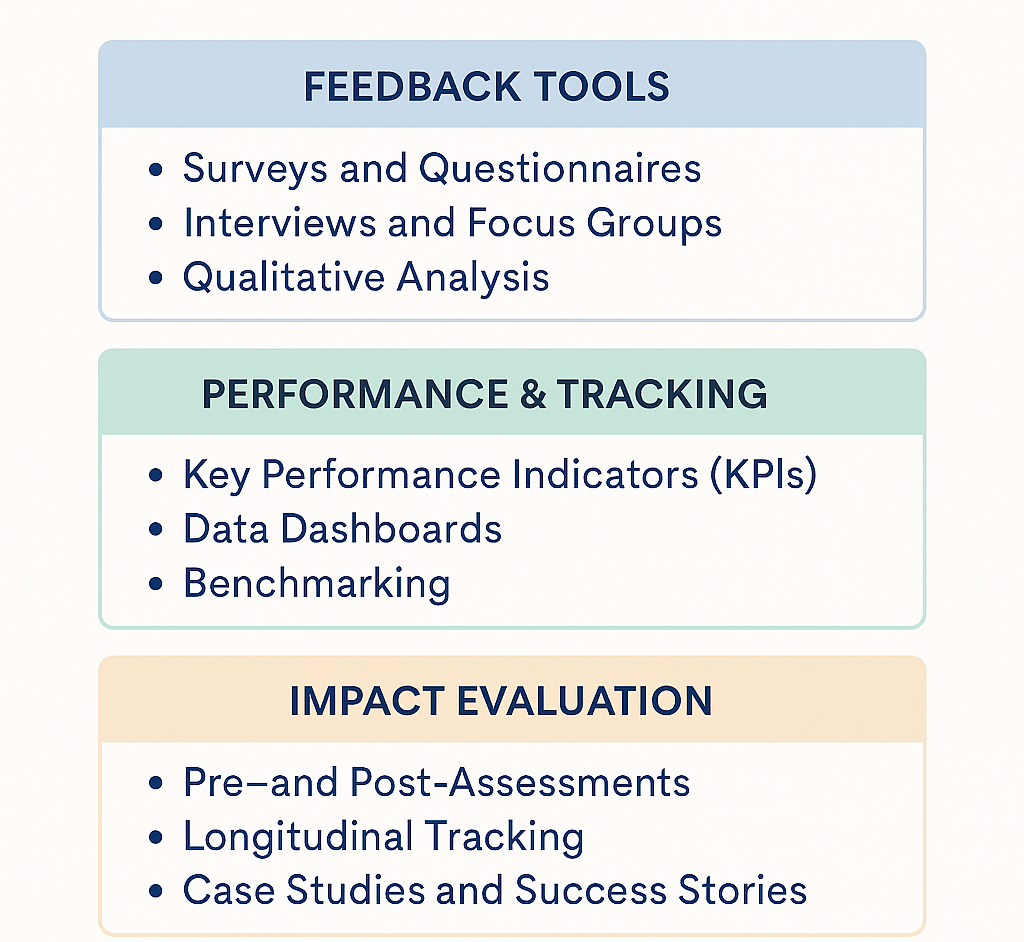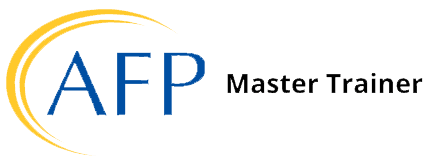Nonprofit Outcome Measurement

Nonprofit Outcome Measurement Testimonials
“Ivy Buchan was just what the Harrisburg Symphony Association needed. Her knowledge of nonprofit structure and governance, combined with her deep roots in Harrisburg make her an ideal thought partner. In one mid-scale planning session, she was able to bring our board together quickly and lead us to strategic initiatives in a thorough and enjoyable manner. Ivy and her team are exemplary, and a joy to work with and we highly recommend them.”
~ Matthew Herren, Executive Director, Harrisburg Symphony Association
“Ivy Buchan did an outstanding job helping our organization develop our Strategic Plan and brought our Board of Directors together in a collaborative way so that we were all excited to focus and participate. Additionally, she led Board Governance discussions and helped us define our committee structure. She offered fresh and objective perspectives and suggested actionable next steps and recommendations. She is professional and has a wealth of knowledge and experience in nonprofit management, fundraising, strategic planning, and more. We highly recommend Ivy to other nonprofit leaders and would welcome the opportunity to work with her again.”
~ Maddie Young, President & CEO, YWCA Carlisle & Cumberland County
Why is Outcome Measurement Important?
- Demonstrates Impact
- Informs Decision-Making
- Strengthens Funding Proposals
- Grantmakers and Donors Increasingly Expect It
- Increases Accountability
- Drives Learning and Growth
What are Examples of Methods to Measure Outcomes?

Surveys and Questionnaires
Purpose: Collect feedback directly from participants, staff, or stakeholders.
Example: Post-program satisfaction surveys or pre- and post-assessment surveys to gauge knowledge or skill improvement.
Interviews and Focus Groups
Purpose: Gather qualitative insights on how participants perceive the impact of the program.
Example: One-on-one interviews or group discussions to explore how services have affected individuals' lives.
Case Studies & Success Stories
Purpose: Provide in-depth, narrative-based examples of how a program has changed a participant's life.
Example: A detailed story of a program participant’s journey from need to success, showing the program's direct impact.
Purpose: Use specific, measurable metrics tied to the program's goals to track progress over time.
Example: KPIs like the number of individuals who completed a job training program, or the percentage of clients who achieved a specific goal.
Pre- and Post-Assessments
Purpose: Measure changes before and after program participation.
Example: Assessing clients' health status, knowledge, or skills before and after participating in a health or education program.
Benchmarking
Purpose: Compare your organization’s outcomes to industry standards or similar organizations.
Example: Comparing your program’s graduation rates to national averages for similar education programs.
Longitudinal Tracking
Purpose: Track participants over time to understand long-term outcomes and sustainability.
Example: Following up with program participants six months or a year after completion to track ongoing success or challenges.
Data Dashboards
Purpose: Visualize and track real-time data on key program outcomes for quick decision-making.
Example: An interactive dashboard that tracks metrics like the number of clients served, the success rate of interventions, or financial sustainability.
Qualitative Analysis
Purpose: Analyze open-ended responses, feedback, or narratives to identify patterns or themes.
Example: Analyzing participant stories or community feedback to identify common themes related to program success or areas for improvement.
How to Use Outcome Measurement Effectively
Using outcome measurement with donors is a powerful way to build trust, demonstrate effectiveness, and deepen engagement. Here are a few examples:
- Share Results, Not Just Activities: Focus on the impact of your work (e.g., “85% of participants secured stable housing”) rather than just outputs (e.g., “We served 200 clients”). Use data to tell a clear, compelling story of change.
- Make It Donor-Friendly: Present outcomes in simple, jargon-free language. Use visuals—charts, infographics, or brief success stories—to make the data relatable.
- Align Outcomes with Donor Values: Highlight how the outcomes connect to what donors care about (e.g., youth education, racial equity, community health). Customize reports or updates to reflect specific donor interests when possible.
- Build Transparency and Trust: Share both successes and challenges, along with what you’re learning and improving. This positions your organization as credible and committed to growth.
- Use Outcomes to Encourage Future Giving: Show how past donations led to measurable results. Frame future giving as a way to build on that momentum and deepen impact.
- Include Outcome Data in Appeals and Reports: Add key impact stats to annual reports, newsletters, and fundraising campaigns. Create brief impact summaries for major donors or grant reports.
How We Customize Our Outcome Measurement
We understand that every nonprofit has unique needs. Our customization process includes:
- A free consultation to discuss your organization's needs and how Invoke can help.
- Confirming the goals for our time together.
- Crafting a proposal, if needed.
- Services provided at an hourly rate.
- We can start with a minimum of only five hours.
- In-person and virtual options are available.
This personalized approach ensures that the outcome measurement services directly addresses your organization's specific challenges and objectives.
Ready to Enhance Your Impact?
Contact us today to help create a customized plan for your nonprofit. We can help align stakeholder visions, engage the community, and deliver projects that will help further your nonprofit's mission.




